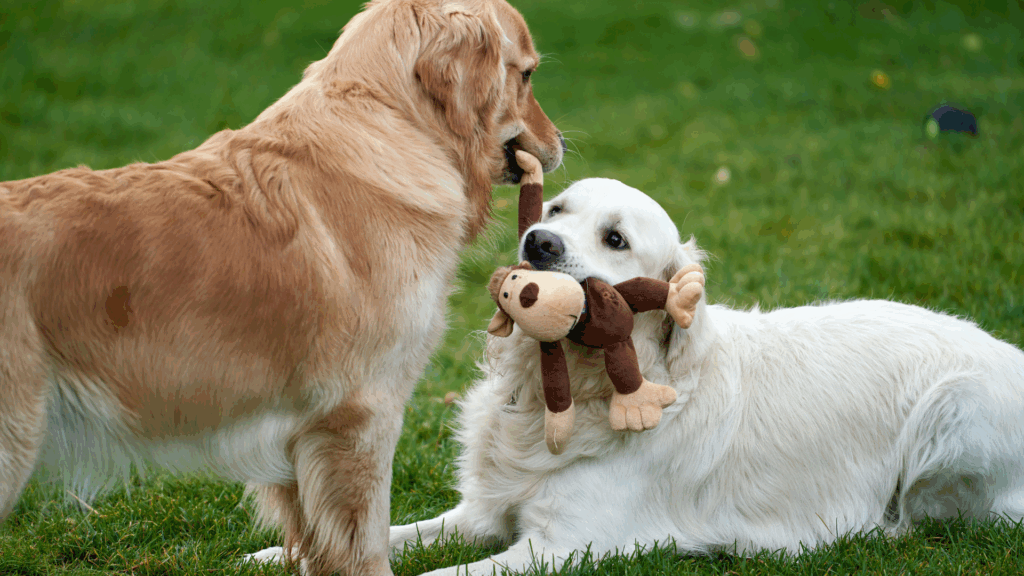There’s a lot of emotion around e-collars. Some people swear by them, others villainize them, and most dog owners find themselves somewhere in between—curious, hesitant, maybe even a little overwhelmed. If you’re reading this, chances are you’re open to tools that can help your dog reach their highest potential, but you also want to make sure you’re doing it right. And I respect that.
So let’s tackle the big question: When should you start using an e-collar on your dog?
The Real Question You Should Be Asking
Most people assume the right time to introduce an e-collar is based on age. “At what age can I start using an e-collar?” is a common search query, but here’s the truth—it’s not about age. It’s about understanding.
Your dog doesn’t need to hit a magic number of months before an e-collar is introduced. Instead, they need a solid foundation in communication, engagement, and basic obedience. They need to understand what is being asked of them before we ever add an e-collar to the equation. Otherwise, it’s just noise. Contact us if you’re unsure whether your dog is ready.
The Foundation Comes First
Before an e-collar is even a consideration, your dog should already have:
- A working knowledge of leash pressure and basic commands.
- An established communication system with you.
- A strong relationship based on trust and engagement.
- A willingness to follow direction in low-distraction environments.
If your dog doesn’t yet have these things, an e-collar won’t magically fix that. Training is about clarity, not shortcuts. Tools don’t replace training; they enhance it.
The Ideal Time to Start
Once your dog understands foundational commands and is actively choosing to engage with you, an e-collar can be introduced as a way to reinforce and refine that training. This can be as early as six months for some dogs, while others may not be ready until a year or more. It depends on the individual dog, their personality, and their level of prior training.
When introduced correctly, an e-collar is not a punishment tool—it’s a communication device. It provides a layer of consistency and reliability that allows a dog to experience freedom while still maintaining structure. That’s the goal: more freedom, not less.
The Hard Truth About Hesitation
A lot of people hesitate to use an e-collar because they worry about “ruining” their dog or damaging the relationship. That’s a fair concern, and I validate that fear. But let me challenge you with this: Fear of a tool often stems from a lack of understanding, not from the tool itself.
Used properly, an e-collar does not create fear, confusion, or pain. It creates clarity. It allows a dog to understand expectations even when off-leash. It gives them confidence because they know exactly what is being asked of them. A dog that is e-collar trained correctly is a dog that can enjoy more experiences, have fewer limitations, and live a fuller life.
Final Thoughts
If you’re considering an e-collar, the question you should ask isn’t “When can I start?” but rather, “Have I laid the groundwork for this to be a fair, clear, and effective tool for my dog?”
If the answer is yes, and you’re ready to provide structured guidance and consistency, then you’re in the perfect place to introduce an e-collar. If not, spend time building engagement, trust, and understanding first. The e-collar will still be there when you and your dog are ready for that next step.
Ultimately, the goal is not just to train dogs—it’s to empower them. And sometimes, that means challenging what we’ve been told and stepping into a new level of training that pushes us, and our dogs, toward our highest potential. Want to learn more? Check out our blog on Do Dogs Get Jealous?





